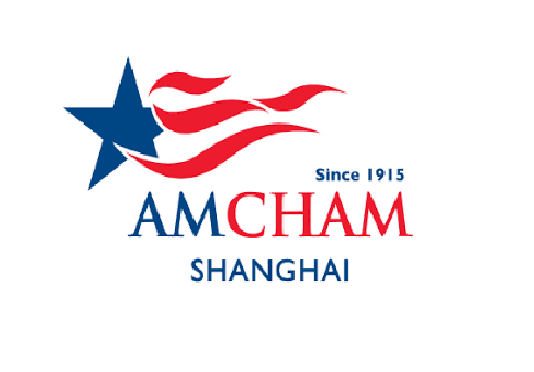
Recent reports by well-known organizations like The American Chamber of Commerce in Shanghai and the European Union Chamber of Commerce in China (EUCCC), have cast a shadow over conducting business in China. These reports, backed by statistics, case studies et al highlight the waning confidence, particularly within fashion, apparel, and textile sectors.
Waning confidence and its impact
Both the AmCham Shanghai and EUCCC surveys reveal a decline in business confidence, with fewer companies expressing optimism about the future of their operations in China. The EUCCC's 2023 Business Confidence Survey showed only 47 per cent of respondents considered China to be their top or one of their top three investment destinations, a significant drop from 60 per cent in 2019. Similarly, AmCham Shanghai's 2023 China Business Climate Survey Report indicated a decline in optimism, with 45 per cent respondents feeling less optimistic about the five-year business outlook compared to the previous year.
These statistics reflect broader concerns about China's economic slowdown, regulatory uncertainties, and geopolitical tensions. For fashion, apparel, and textile businesses, these challenges can translate into decreased demand, disrupted supply chains, and increased operational complexities.
Challenges in the fashion industry
The studies reveal several challenges are plaguing the fashion, apparel, and textile industries. A European fast-fashion retailer, once enjoying robust growth in China, has experienced a sharp downturn. "Consumer sentiment has shifted," laments a company executive. "The allure of foreign brands has diminished. Local brands, offering comparable quality at lower prices, are gaining ground."
Similarly, an American textile manufacturer, heavily reliant on Chinese suppliers, faces mounting difficulties. "Supply chain disruptions, rising labor costs, and regulatory uncertainties are making it increasingly difficult to operate profitably in China," the CEO reveals. These challenges resonate in the industry voices as well. For example, he President of the American Chamber in Shanghai warns, "The business environment in China is becoming increasingly complex and challenging. Companies need to reassess their strategies and adapt to the new realities."
The EUCCC President echoes a similar sentiment, emphasizing, "The decline in business confidence is a clear signal that European companies are facing growing difficulties in China. It is essential for the Chinese government to take steps to improve the business environment and restore confidence."
What’s more, several events highlight the challenges businesses are dealing with in China’s fashion, apparel, and textile sectors.
Xinjiang cotton controversy: The ongoing controversy surrounding allegations of forced labor in Xinjiang's cotton production has led to increased scrutiny and potential disruptions for companies sourcing cotton from the region. Major brands like H&M and Nike have faced boycotts and backlash in China, impacting their sales and reputation.
Supply chain disruptions: The pandemic exposed vulnerabilities in global supply chains, causing delays, shortages, and increased costs for many fashion, apparel, and textile businesses. These disruptions continue to impact the industry, particularly in light of ongoing lockdowns and transportation bottlenecks in China. "The business environment in China has become increasingly complex and challenging, particularly for foreign companies in the fashion, apparel, and textile sectors," says Bettina Schoen-Behanzin, Vice President of the EUCCC. Agrees Eric Zheng, President, AmCham Shanghai as he puts it, "Companies are facing a multitude of challenges, from supply chain disruptions to shifting consumer preferences, and it's essential to remain agile and adaptable in order to succeed in this market."
Shifting consumer preferences: Chinese consumers are becoming increasingly discerning, demanding high-quality, sustainable, and locally produced products. This shift in preferences poses challenges for foreign brands that may struggle to adapt their offerings to the evolving Chinese market.
The changing landscape in China carries profound implications for the fashion, apparel, and textile industries as companies must navigate a complex web of challenges. However, amidst the uncertainty, opportunities remain. Companies that can adapt to the new realities, leverage China's vast market potential, and build strong relationships with local partners can still thrive.
The reports serve as a wake-up call for both businesses and the Chinese government. Businesses must adapt to the changing landscape, while the government needs to take steps to improve the business environment and restore confidence.












